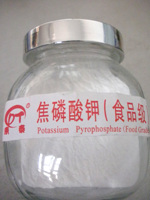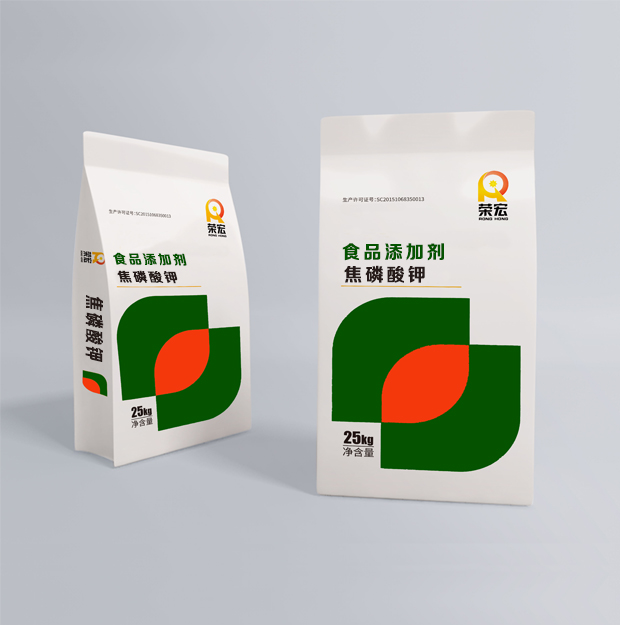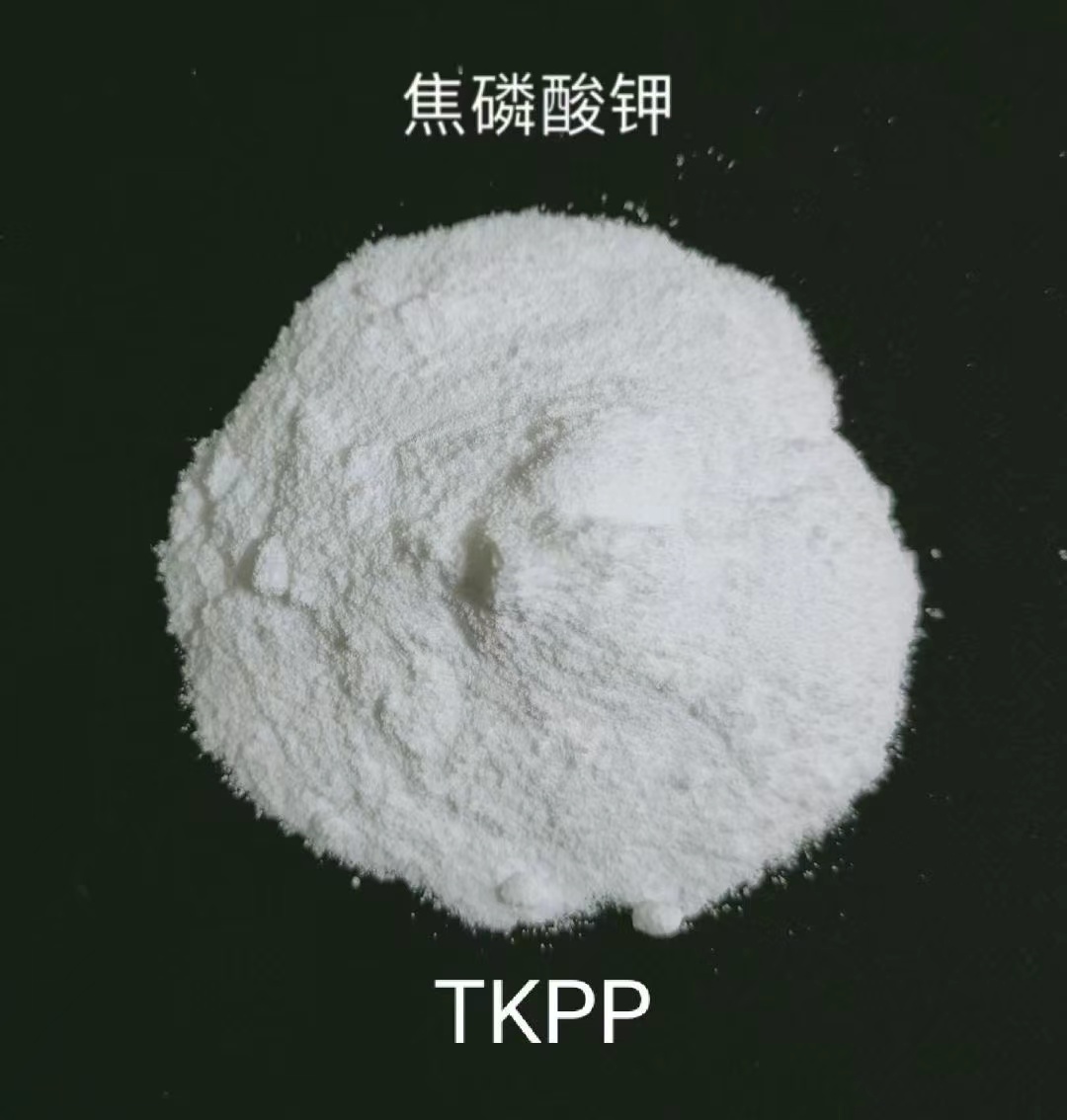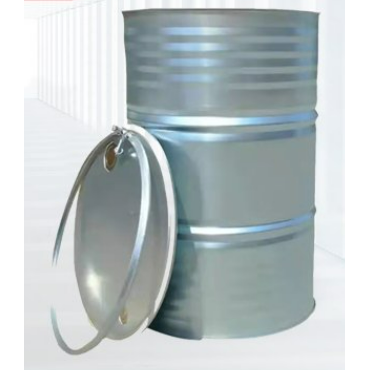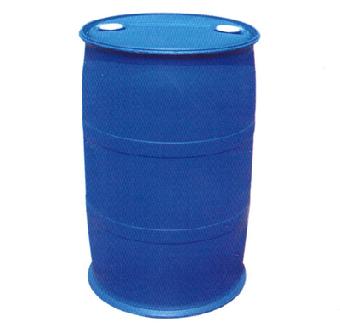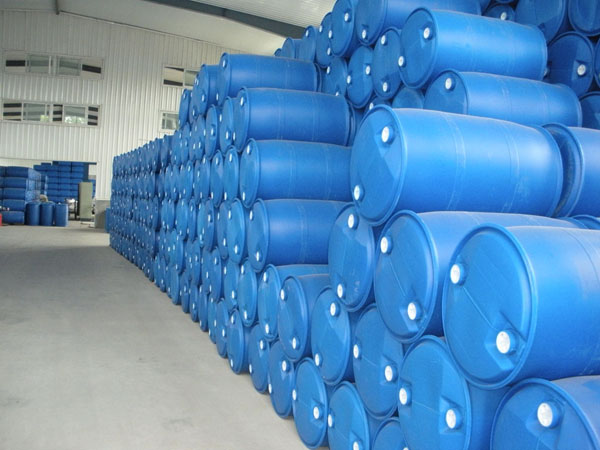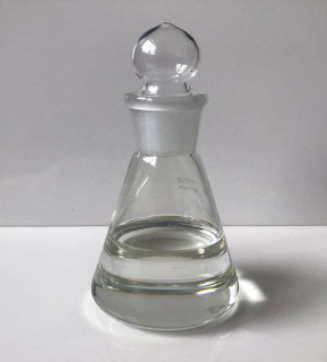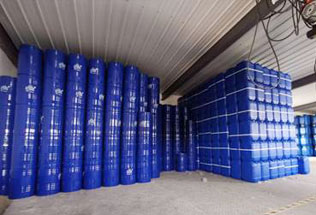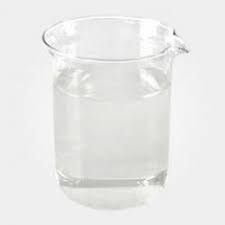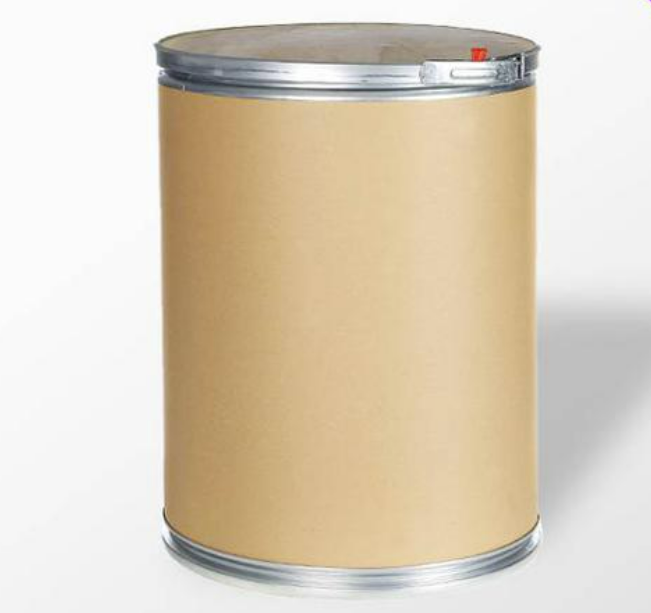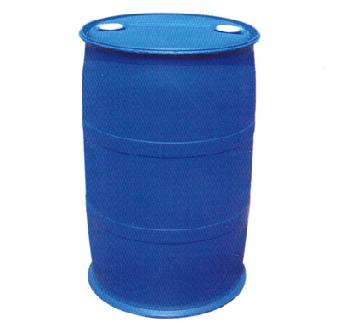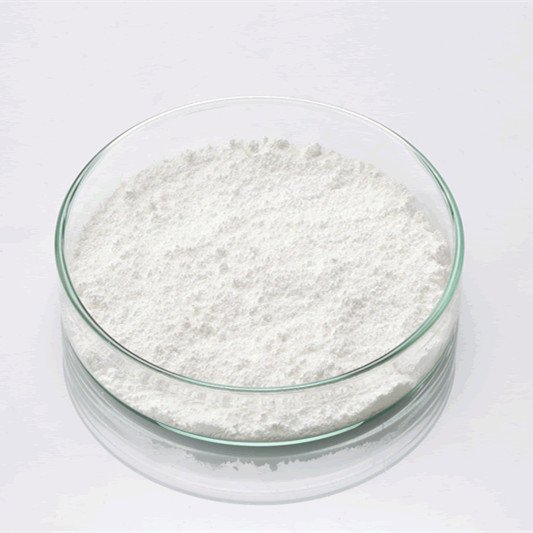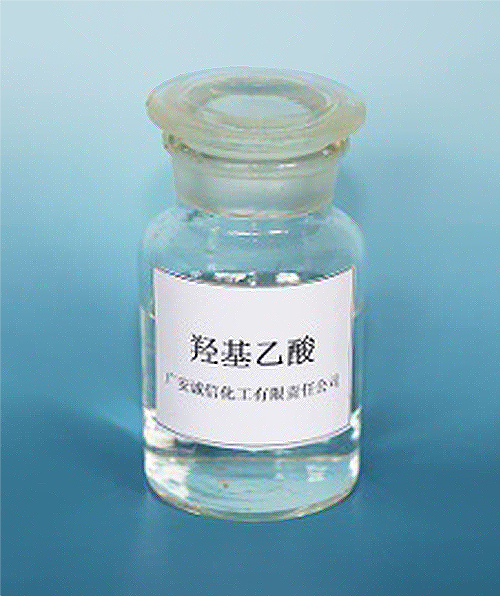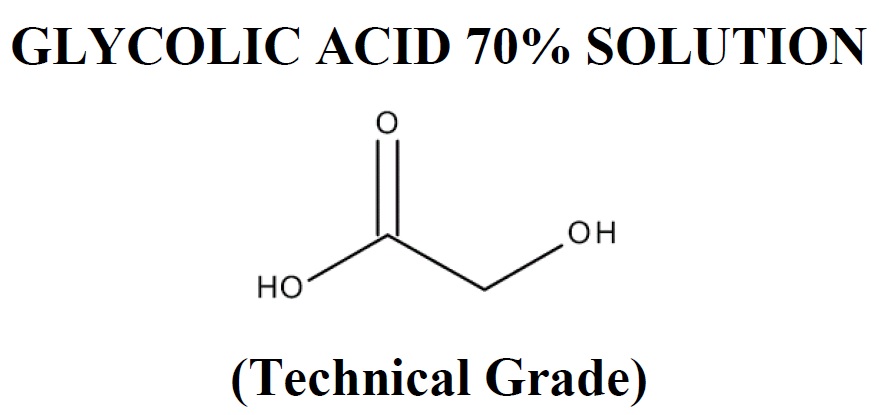CAS:7320-34-5
Molecular Formula:K4O7P2
Alias
More Information
Diphosphoric Acid, Tetrapotassium Salt; Tetra-Potassium Pyrophosphate; Tkpp; Tetrapotassium Pyrophosphate Anhydrous; Potassiumpyrophospatetrihydrate; Otassiumpyrophosphate/TKPP; Tetrakaliumpyrophosphat; Potassiumpyrophosphatetetrabasic; Tetrapotassiumpyrophosphatetechgrade; Tetra Potassium Pyrophosphate
Brief Introduction
Potassium pyrophosphate is used as emulsifier, tissue modifier and chelating agent in food industry. It is also used as raw material of alkaline water for flour products. It is often used with other condensed phosphates to prevent guano stone from being produced in canned aquatic products and discoloration of canned fruits; Improve the expansion of ice cream, the yield of ham and sausage, and the water holding capacity of ground fish; Improve noodle taste and yield, prevent cheese aging, etc.
This product is analytical reagent, hydrogen peroxide stabilizer, electroplating, soap filler.
Suppliers
View More Vendors (3) >
CAS:75-91-2
Molecular Formula:C4H10O2
Alias
More Information
TBHP; Hydroperoxide, 1,1-Dimethylethyl; 2-Hydroperoxy-2-Methylpropane; 1,1-Dimethylethyl Hydroperoxide; 1,1-Dimethylethylhydroperoxide; Dimethylethyl Hydroperoxide; Butyl Hydroperoxide; Cadox tbh; Hydroperoxide, 1,1-Dimethylethyl; Perbutyl H; Trigonox
Brief Introduction
Tert butyl hydrogen peroxide (TBHP) is one of the most commonly used alkyl hydroperoxides. Commodities are generally light yellow transparent nonvolatile liquid, slightly soluble in water and miscible with organic solvents. Butyl hydrogen peroxide is mainly used as initiator for free radical reaction or polymerization in industry. Compared with most other initiators, the decomposition products of TBHP are acidic. The decomposition products of TBHP are tert butyl alcohol (TBA) and a small amount of acetone, which has no corrosion to the equipment, so the requirements for the device are not high.
Suppliers
View More Vendors (3) >
CAS:78-40-0
Molecular Formula:C6H15O4P
Alias
More Information
Phosphoric Acid Triethyl Ester; Tep; Triethyl Phosphate(TEP); Phosphoric Ether; Phosphoric Acid, Triethyl Ester; Triethylfosfat; Ethyl Acid Phosphate; Diethylphosphoric Acid Ethyl Ester; Triethyl Phosphaye; Phosphatedetriethyle; Ethyl Phosphate; Ethyl Phosphate, Tep; Phosphoric Acid Ethyl; Phosphoric Acid Triethyl
Brief Introduction
Triethyl phosphate is widely used in textile and paper products, as plasticizer, non reactive flame retardant, hardener and accelerator, lubricant, flotation agent, defoamer, emulsifier, stabilizer or extractant in plastics and coatings.
Suppliers
View More Vendors (3) >
CAS:79-08-3
Molecular Formula:C2H3BrO2
Alias
More Information
2-Bromoacetic Acid; Rarechem Al Bo 0099; Monobromoacetic Acid; Bromaceticacid; Bromoacetateion; Bromoacetic; Bromo-Aceticaci; Bromoaceticacid,Solution; Bromoethanoic Acid; MBAA
Brief Introduction
Bromoacetic Acid is a relatively strong alkylating agent as well as a versatile building block used very commonly in organic synthesis. Bromoacetic acid has been shown to reversibly inhibit human erythrocyte carbonic anhydrase B.
Suppliers
View More Vendors (3) >
CAS:79-14-1
Molecular Formula:C2H4O3
Alias
More Information
Lycolic Acid; Hydroxyacetic Acid; 2-Hydroxyacetic Acid; Glycollic Acid; Hydroxyethanoic Acid; Acetic Acid, Hydroxy-; Acetic Acid, 2-Hydroxy-
Brief Introduction
Glycolic acid is a 2-hydroxy monocarboxylic acid that is acetic acid where the methyl group has been hydroxylated. It has a role as a metabolite and a keratolytic drug. It is a 2-hydroxy monocarboxylic acid and a primary alcohol. It derives from an acetic acid. It is a conjugate acid of a glycolate.
Suppliers
View More Vendors (3) >
Inquiry (
10
/ 10
)
Clear All
Sign In
Error!

